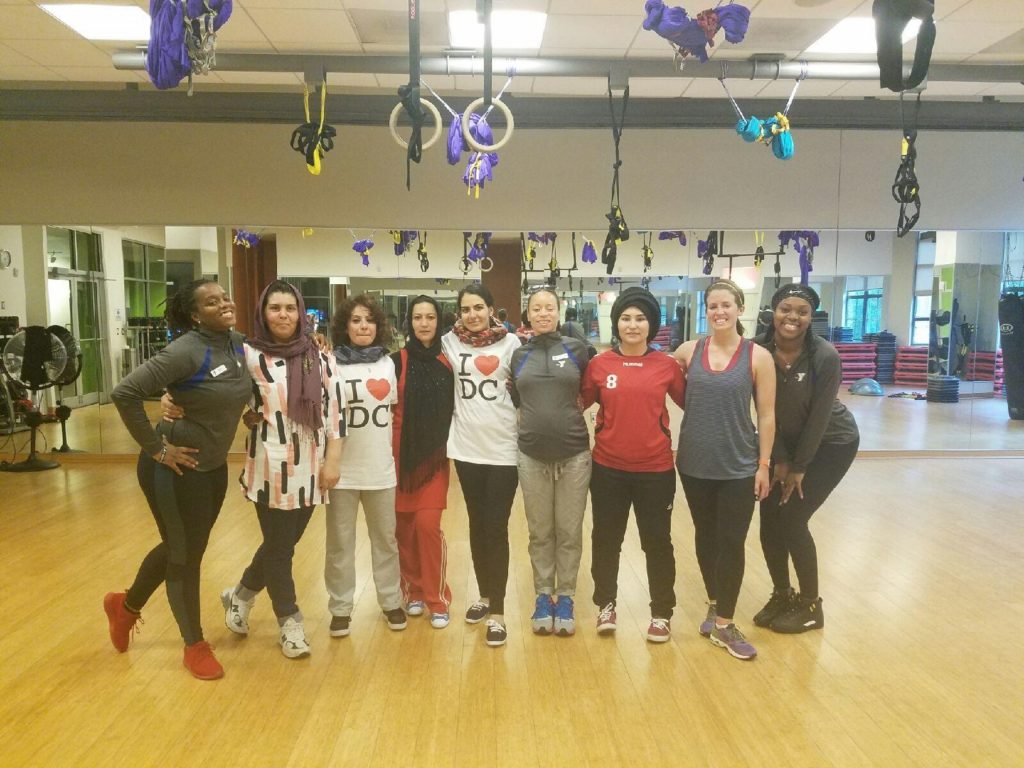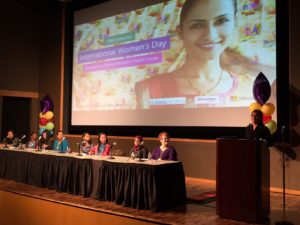Health-related International Visitor Leadership Program (IVLP) projects present both tremendous opportunities and definite challenges for programmers. The following “tips” suggest techniques for creating project experiences that give IVLP participants what they want: insight into the U.S. health care system (warts and all), and a chance to share their achievements and challenges with American counterparts.
- For National Program Agency (NPA) programmers, as you read through the raw biodata, make up a grid of specializations. This way you can see where IVs overlap, and which should be grouped for sub-group programming.
- In the research phase, look at data from the World Health Organization for each of the countries represented in your group. As they identify critical areas of need, the data can help you make your itinerary as relevant as possible. After discovering that diabetes was on the rise in the region, a Program Officer on a recent health project for the Near East was able to create a valuable segment on diabetes treatment and care.
- Strategize when confronted with a diversity of specializations. You may find yourself with an epidemiologist, a pediatrician, a pharmacist and a refugee camp administrator. What to do? Use sub-group programming to create opportunities for a narrower professional focus, when possible. Large medical centers may provide access to small group or individual counterparts on specialized topics. Success is largely dependent on English language ability, logistics and staffing. To meet the needs of one particularly diverse group of English speaking medical and scientific researchers, we engaged multiple volunteers to accomplish an afternoon of successful counterpart sessions.
- Highlight innovative approaches to disease prevention. An Indigenous Health project met with a group promoting sustainable agriculture to ensure the food security and health of a native community.
- Consider some of these key elements/themes when building a national or local itinerary:
Public health education. Using government and private sector resources, provide models of effective public health outreach. A recent IV group spent time examining all aspects of a public health campaign on maternal and child health, including effective PSAs, a website in multiple languages, a targeted school program and culturally-sensitive printed campaign materials.

Rural health issues. Spend time on health care mechanisms that serve hard to reach populations such as tribal and rural communities, where there is uneven access to qualified health care providers. Programming segments on telemedicine or telehealth are consistently useful for groups looking at these issues. And the programs are good examples of public-private partnerships between universities and state, local or tribal governments.
Barriers to healthcare access for marginalized populations. Consider health challenges faced by: members of impoverished communities; at-risk youth; LGBTI persons; ethnic minority groups; and immigrants and refugees, among others. International exchange participants supporting refugees and internally displaced persons have found useful commonalities with their own patients’ struggles.
Health advocacy. Include NGOs at all levels (grassroots, national and international) to highlight effective campaigns that promote positive public health agendas. Show examples of how they reach target communities and lobby decision makers. A recent health group met with a disability rights NGO, and then a state senator who had been lobbied by the group to help restore funding for needed health programs.
Role of the media. Show program participants how local news outlets—TV and print media—cover health topics through investigative reports and special health news supplements.
Role of the corporate sector. Participants benefit from seeing the business side of health research and care delivery. Pharmaceutical and medical technology companies, and businesses with health-related corporate social responsibility activities can work well.
Professional degree programs in the field. Cover another angle of health education with visits to a university school of public health, medical or nursing school to discuss curricula and partnerships.

To round out a successful health IVLP itinerary, keep programming lively with site visits to clinics, hospitals, schools and research centers. Volunteer activities have particular resonance when linked thematically. Past groups have participated in a campus inoculation drive and helped at an after school center with free dental care for at-risk kids.
When possible, provide a forum for program participants to speak publicly about their work. When arranged in an academic setting or in conjunction with a CBM-led event, these occasions elevate the participants’ engagement, and are among the most valuable, lasting elements of any exchange.
Whatever the focus–public health administration or health care for marginalized groups—health-related IVLP projects provide opportunities for significant exchange and learning about critical challenges we all face.
















